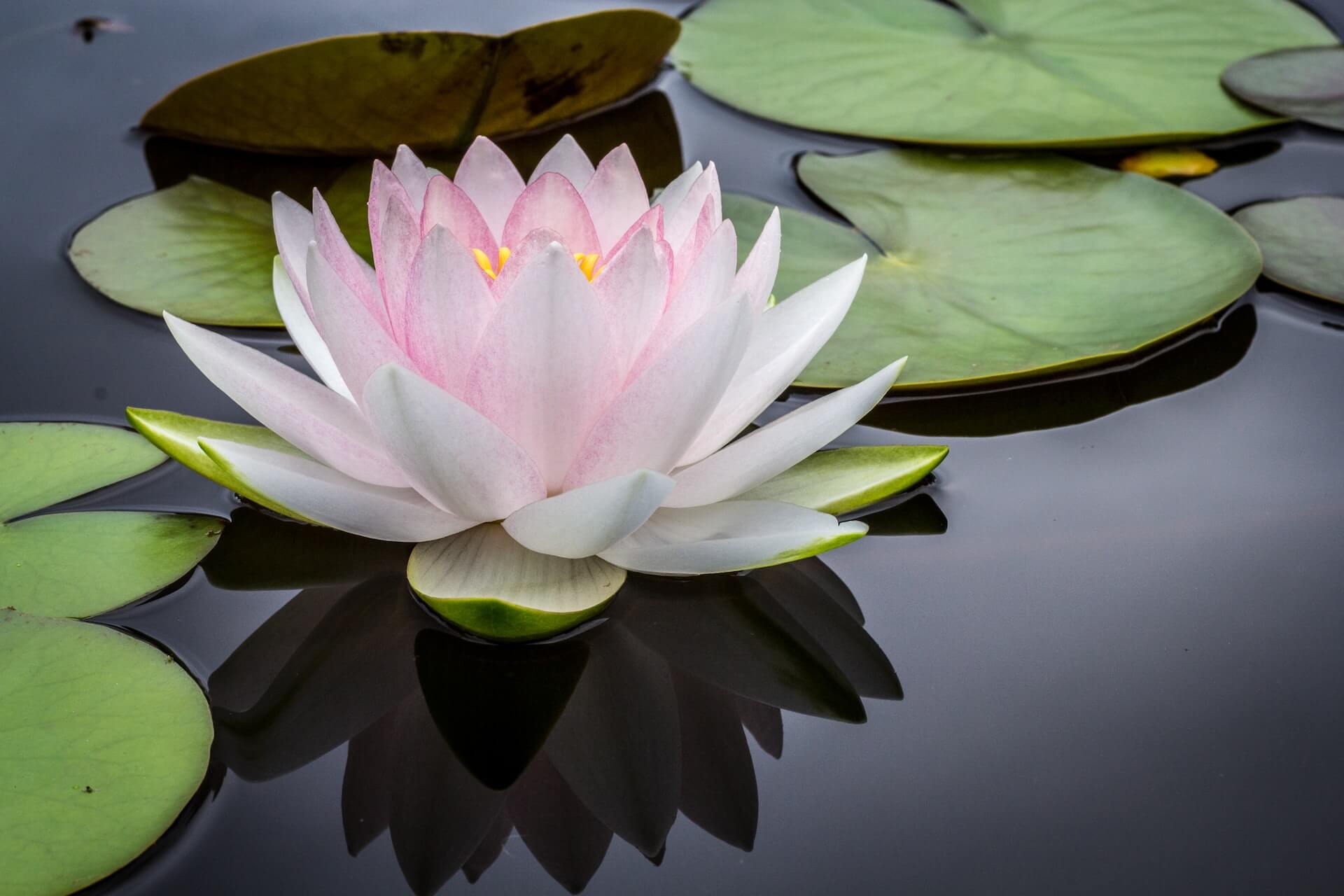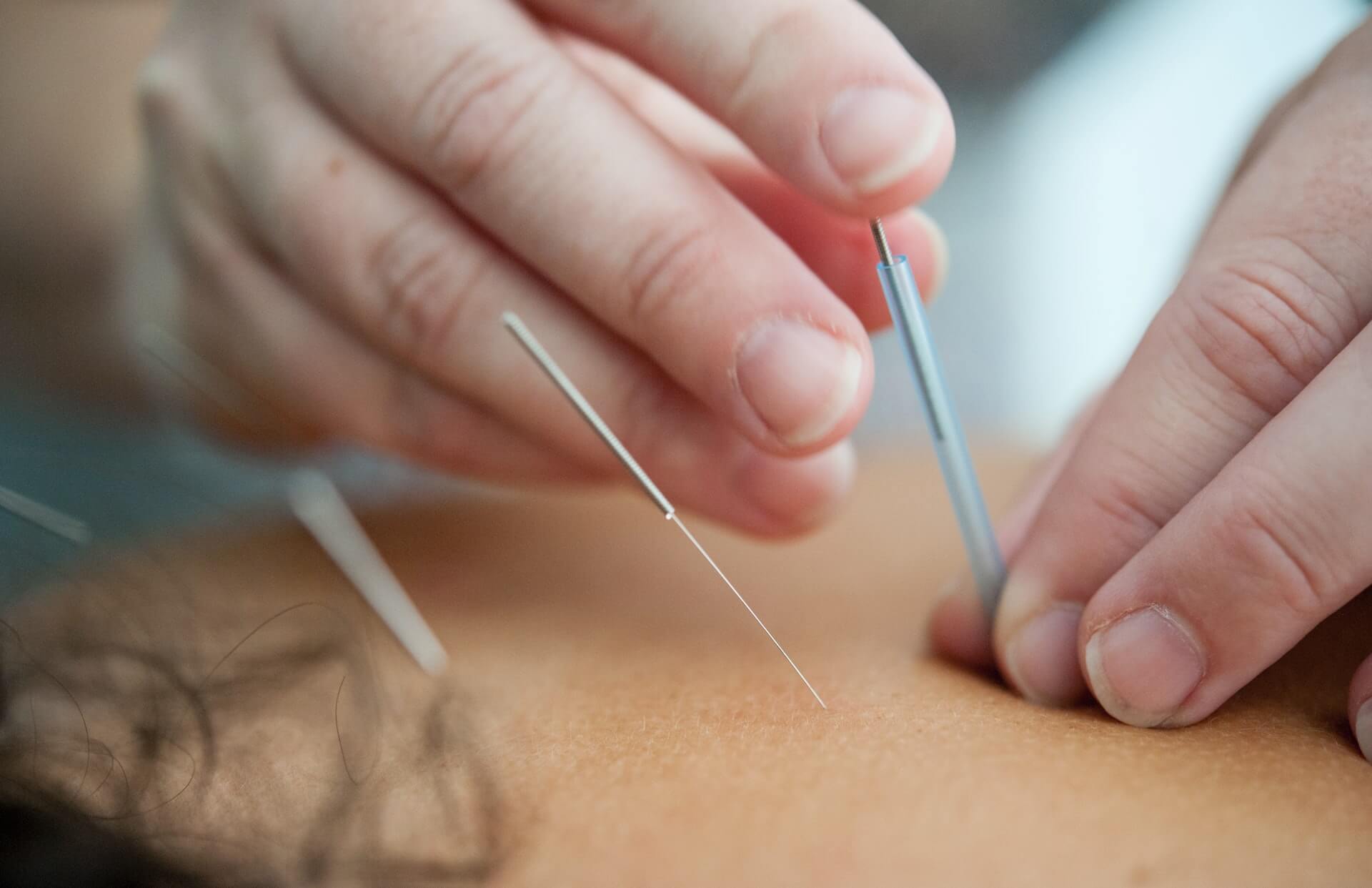Imagine stepping into a warm, natural body of water with birds singing and fresh outside air. Close your eyes and take a moment to relax. Are you feeling relaxed yet? You can also get other benefits from soaking in a hotspring.
Hot potting is the act of soaking in natural hot springs. It can also be called balneotherapy in therapeutic and complementary contexts, hydrothermal therapy and immersion therapy.
These waters can be found in many settings, including outdoors or at wellness resorts.
Marcus Coplin, ND is a primary care naturopathic physician who also serves as the director of hydrothermal medicine at the Balneology Association of North America. The waters come from deep within the earth and accumulate minerals along the way.
What is the result? The result? These waters may be naturally heated, or they can be artificially heated.
Each hot spring has its own unique mineral composition. Krista Ingerick is a licensed massage therapist who manages The Springs Spa’s spa operations. The center offers integrative therapies to Clifton Springs Hospital in New York. People enjoy soaking for their relaxation and pain relief effects. So, arriving with the mindset that your mind is ready to let go of the stresses of everyday life and to focus on the outdoors is the first step.
Hot Springs offers many wellness benefits.
Hot potting has other benefits.
1. Possible Pain Relief
Ingerick says that the heat from the water can help relax muscles and have pain-relieving properties. Ingerick says that this therapy acts as an entire-body immersion heat pad. Research has shown that people with arthritis or other pain conditions can find some relief from soaking in hot springs. A study published in Inquiry 2021, which examined nearly 1,300 people suffering from joint or muscle pains, found that 83 percent of them felt that soaking in hot springs provided relief by the end.
It is important to be aware of the role hot springs play in the conventional medical management and to adjust your expectations as needed. A 2020 study in the Journal of Environmental and Public Health found that many people with musculoskeletal disorders believed that soaking would be a permanent treatment. Some others noted that soaking was something they needed to do frequently since the pain-relieving effects are only temporary.
This may be part of your treatment plan. “I do not want to make it sound like you can get arthritis relief by soaking in hot springs. Coplin says that although it can be used as a complementary therapy, part of its efficacy is proper prescription medication and doctor monitoring.
2. Some skin conditions may be treated
Ingerick says that minerals such as magnesium and sulfur have anti-inflammatory properties and antibacterial qualities, which may make them useful in the treatment of some skin conditions. In a September 2020 review, the Journal of Clinical Medicine found that warm, mineral-rich water can be beneficial for those with eczema or psoriasis. There are also some benefits for skin itching, acne, seborrheic and seborrheic disorders, as well as a reduction in scalp flakyness, due to the anti-inflammatory properties of the waters.
3. May help you relax
One of the many benefits of hot potting is relaxation. Ingerick says that the simple act of taking a warm bath to relax can have profound effects on our stress levels. It will reduce our fight-or flight response and allow our bodies to heal. Ingerick says that relaxation can be a great antidote for fatigue and increase resilience to stress. Hot potting may also benefit from the soothing effects of spas and nature.
4. May Support Weight Loss
Coplin says that heat from a soak can increase your metabolism (which is, in part how fast your body burns calories), reduce markers of inflammation and regulate your stress response.
In a 2017 Temperature study, 14 men were evaluated and found that sitting in a hot water bath burnt an additional 61 calories each hour than those who did not sit in it. Exercise burns 556 calories an hour, compared to rest. This makes it more efficient than sitting down or soaking.
A second study was published in December 2018 by the Journal of Applied Physiology and analyzed eight obese, sedentary men. Regular hot water immersion sessions for two weeks had an effect on inflammatory markers. This may help to decrease chronic inflammation, improve fasting glucose, and insulin levels, which can lead to weight loss. Hot water immersion could be an effective adjunctive therapy to improve metabolic health in those who are unable to exercise, according the authors. According to the Physical Activity Guidelines For Americans, walking is safe and can be done safely for most people.
These results are not enough. While hot springs soaking is a great component to a comprehensive weight-loss program, it’s unrealistic to expect that you will lose 20 pounds by soaking in hot springs. Coplin suggests that you do this regularly, in addition to a mindful-based diet or exercise program. You should also consult your primary healthcare provider.
5. May Provide Cardiovascular Benefits
Coplin says that heat from the water can have a significant impact on your body. This may increase blood circulation and lymphatic fluid fluid, which help clear out waste. In a study of 20 sedentary young adults, published in The Journal of Physiology in September 2016, it was found that hot water therapy increased circulation in a manner similar to exercise. Participants who attended four to five sessions over eight week periods experienced improved blood vessel dilation, stiffness of the arteries, and elevated blood pressure. This could have potential benefits for heart health.
If you’re considering hot potting for a complement to your existing medical care, here are some things to remember. According to the Balneology Association of North America, it is important to talk with your healthcare provider about your treatment goals and how immersion therapy might fit into those goals.




